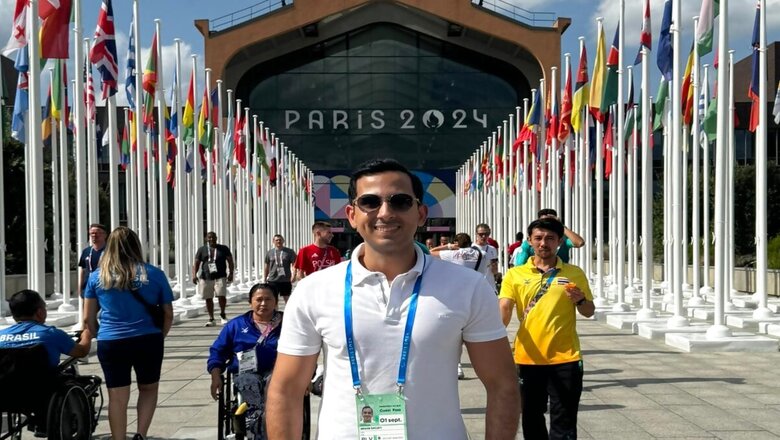
views
My introduction to the Paralympic movement in 2014 was a turning point. Back then, para-sports in India lacked visibility, media attention, and institutional support. Despite having world-class athletes like Devendra Jhajharia, their achievements were often overshadowed by mainstream sports. I decided to take personal steps to address this. Using my personal savings, I adopted and financially supported athletes like Mariyappan Thangavelu and Varun Bhati. In the 2016 Rio Paralympics, Mariyappan won gold in the men’s T42 high jump, while Varun Bhati secured the bronze, both of which stand as proud testaments to what dedicated support can achieve.
A key breakthrough came when we launched InRio, a first-of-its-kind app specifically designed to help Paralympic athletes navigate, enhance their performance, and provide leisure options during their time in Rio. The launch garnered massive media coverage, demonstrating how technology could support para-athletes both on and off the field. Following this, we developed IndTokyo ahead of the 2020 Paralympics. Although the experience was limited due to the Covid pandemic, the app remained a critical resource for the athletes.
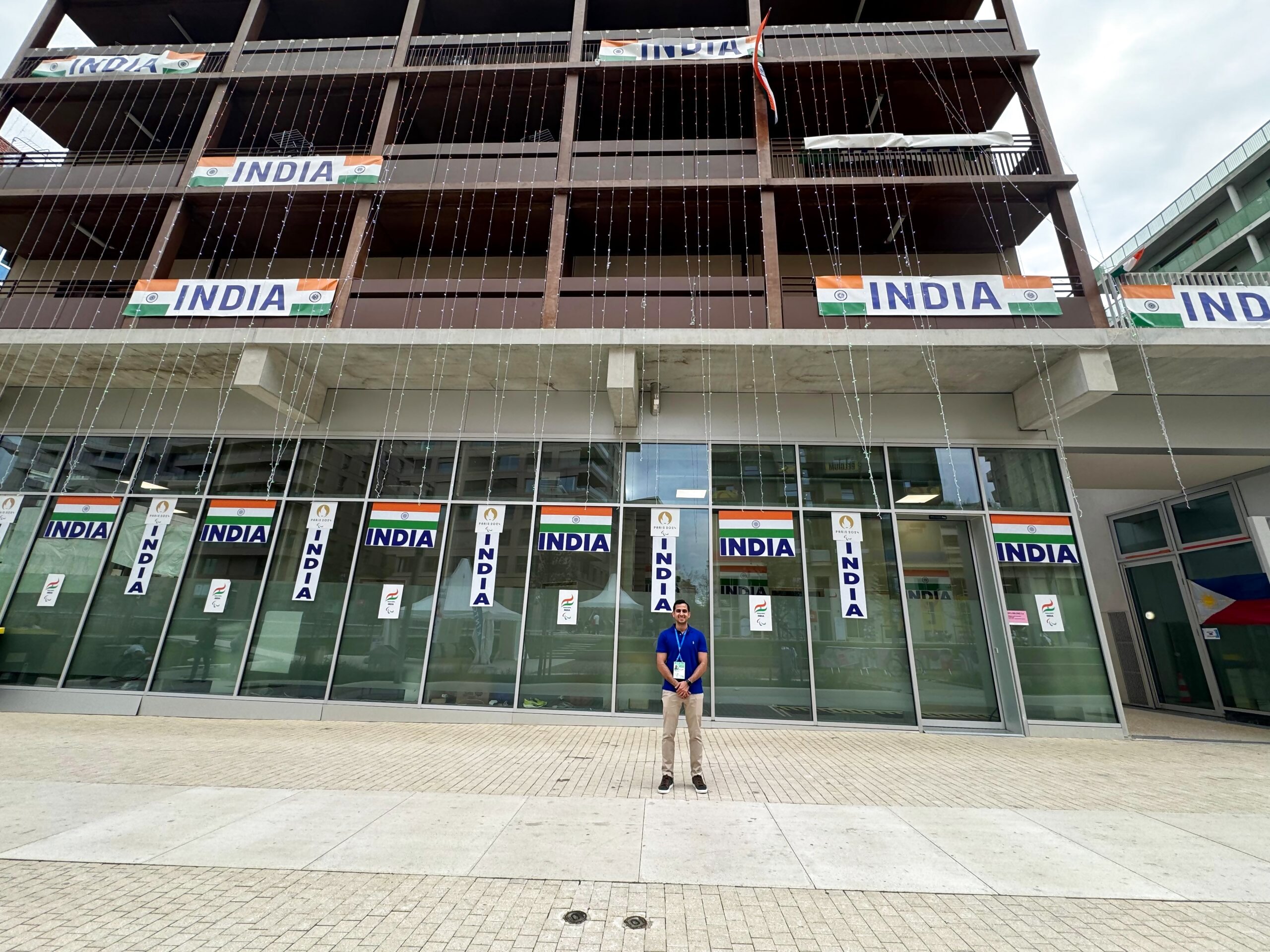
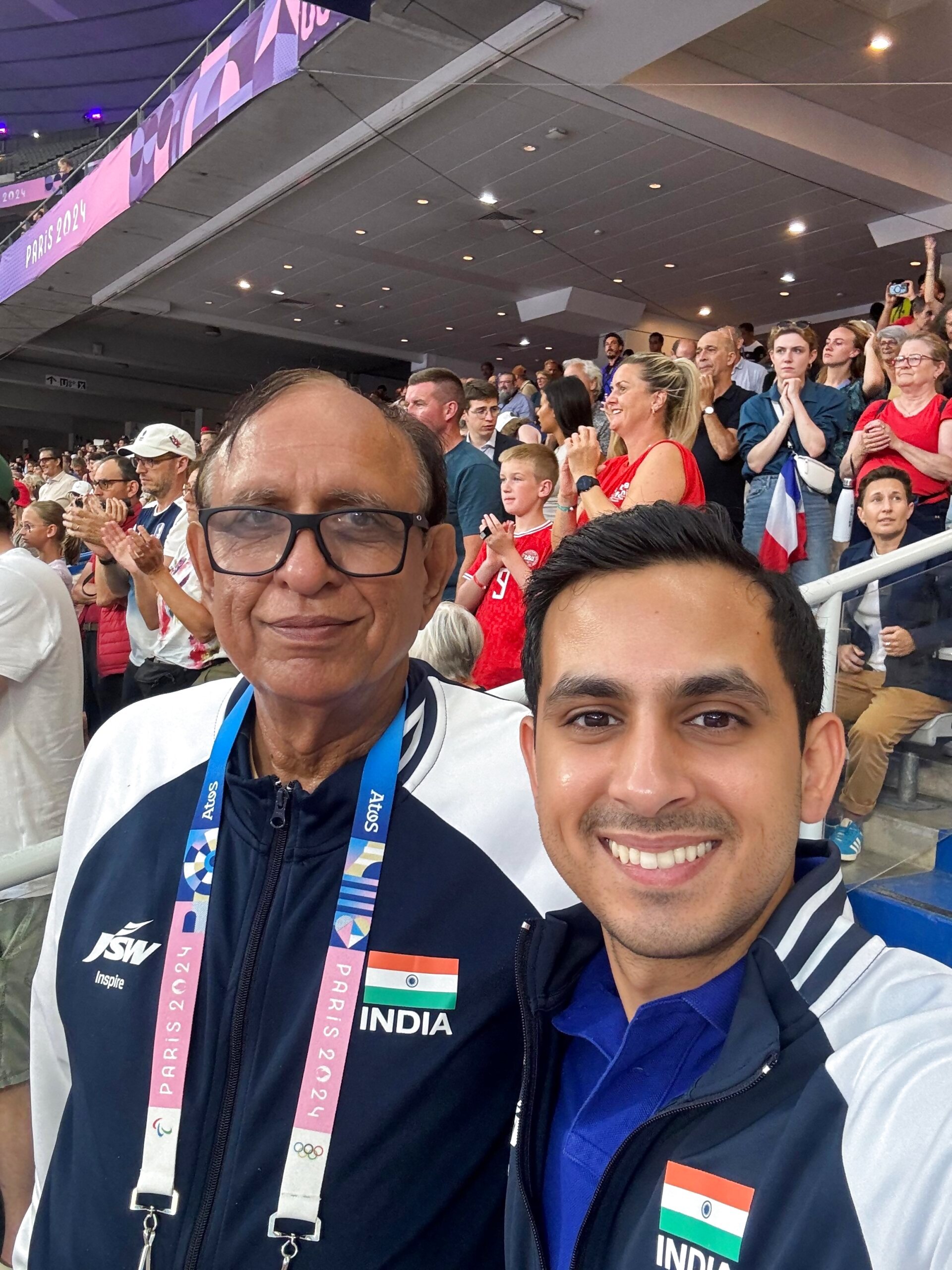
Through platforms like LetsEnable.com, InRio, and IndTokyo, we started building awareness and connecting athletes with the necessary support. Our aim was not just to highlight their achievements but to ensure that they received the recognition they deserved. It was in 2015 that I was officially appointed as the Awareness and Impact Ambassador of the Paralympic Committee of India (PCI), a role that has since defined my journey.
Role of Policy and CSR: Stepping Stones to Growth
Over the years, the Indian government, especially the Ministry of Youth Affairs and Sports and the Sports Authority of India (SAI), began recognising the potential of para-athletes through key programmes like Khelo India. This, combined with the increasing involvement of Corporate Social Responsibility (CSR) initiatives, created a foundation for para-sports to thrive. Companies like JSW Sports, Indian Oil, and many others began sponsoring para-athletes, helping them focus solely on their performance without worrying about financial constraints.
The collaboration between the government, the corporate sector, and NGOs led to better training facilities, international exposure, and a steady rise in India’s global Paralympic performance. These changes marked the beginning of a new era for Indian para-sports, with athletes now able to compete under improved conditions, both nationally and internationally.
Changing Perceptions: Turning Point for Indian Para-Athletes
The Rio 2016 Paralympics was a turning point for India. The country won four medals—two gold, one silver, and one bronze—setting a new benchmark for our para-athletes. One of the most inspiring moments was when Dr Deepa Malik became the first Indian woman to win a Paralympic medal, securing silver in the F53 shot put. Her historic achievement not only brought pride to the nation but also highlighted the need for greater gender representation in para-sports. Athletes like Dr Malik, Devendra Jhajharia, and Mariyappan Thangavelu were no longer viewed through the lens of sympathy. They were celebrated as elite athletes whose resilience and determination resonated with the entire country.
Tokyo 2020 Paralympics: Witnessing a Paradigm Shift
Serving as the world’s youngest and India’s first Deputy Chef De Mission for Team India at Tokyo 2020 Paralympics, I used all my energy to understand and optimise the resources available. My goal was simple: enhance our position in every possible way, despite the unprecedented challenges posed by the pandemic. The Tokyo 2020 Paralympics was unique in that there were no live spectators, and yet, our athletes delivered a historic performance. The 19-medal haul, including five golds, highlighted how far the movement had come. This success was not just a testament to the athletes’ hard work but also to the process-driven approach that had been implemented over the years.
The Tokyo Games proved that our para-athletes could command the same level of respect, recognition, and funding as their Olympic peers. With athletes like Avani Lekhara and Pramod Bhagat leading the charge, the world’s attention was finally on India’s para-sports. Despite the pandemic restrictions, the performance was nothing short of spectacular, and it set the stage for what would come next.
Paris 2024 Paralympics: A Milestone Moment
As we compete in the Paris 2024 Paralympics, with 24 medals already secured, it’s clear that our athletes have built on the foundations laid in Tokyo. The energy in Paris is different; our athletes no longer need to prove themselves—they belong on the global stage. This year, new-age athletes are carrying the beacon forward. Avani Lekhara defended her gold in the 10m air rifle standing SH1 with a world-record performance, while Sumit Antil made history by becoming the first Indian man to defend his javelin title. Meanwhile, young stars like Sheetal Devi, who became India’s youngest Paralympic medallist at 17, and Mariyappan Thangavelu, who won a bronze in his third consecutive Paralympics, are a testament to the progress we’ve made. The return of live spectators has transformed the Games into a celebration of athleticism, not just a quest for validation.
This year has shown the world that Indian para-athletes are here to win, not just compete. With continued support, the possibilities are limitless.
Looking Forward: Expanding Disciplines and Opportunities
To continue this upward trend, we must expand our focus to include more disciplines. While we’ve seen tremendous success in athletics and shooting, there are other sports like para-swimming and canoeing where India has untapped potential. We need to encourage more athletes from diverse backgrounds, especially in rural areas, to come forward and represent India on the global stage.
Process-Driven Scouting, Corporate-Run Management
A structured, process-driven approach to talent scouting is essential. Many of our best athletes come from less-exposed regions, and without robust scouting mechanisms, we risk missing out on future stars. By running the Paralympic Committee of India (PCI) like a corporate entity—with transparency, efficiency, and a focus on athletes—we can ensure that every para-athlete gets the support they need.
The Journey Continues: A Future Without Limits
I’ve dedicated my life to spreading awareness and positivity about the Paralympic movement in India and internationally. My mission is to elevate Paralympic Team India to even greater heights, with a goal to see India consistently ranked among the top three nations in global Paralympic sports by the 2036 Games. With the upcoming Paralympics set for Los Angeles in 2028 and Brisbane in 2032, our focus is to strengthen India’s para-athlete ecosystem, ensuring our athletes are well-prepared to excel on the world stage. By fostering a process-driven approach to talent development and providing robust support systems, I am confident that India will be poised to achieve unparalleled success in the years to come.
This journey, from my work with PCI to founding KYARI (a research institute aimed at uplifting the lives of people in Jammu & Kashmir), and now pursuing my education at Harvard, has given me a deeper understanding of nation-building. I am more committed than ever to ensuring that India becomes a dominant force in global para-sports, inspiring the world with the resilience and talent of our athletes.
The Author is Awareness and Impact Ambassador of the Paralympic Committee of India. Views expressed in the above piece are personal and solely those of the author. They do not necessarily reflect News18’s views.











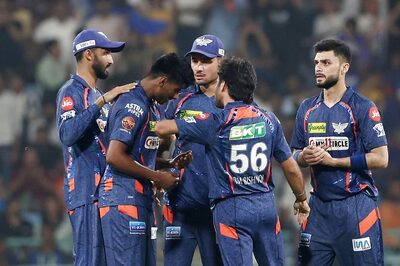

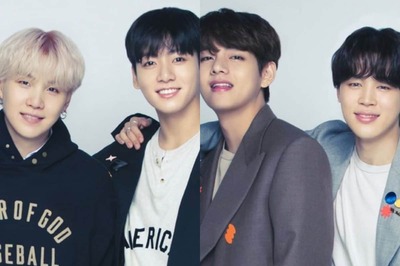





Comments
0 comment